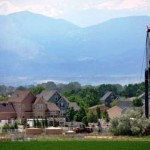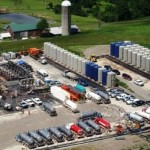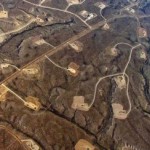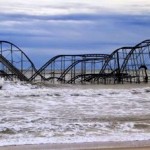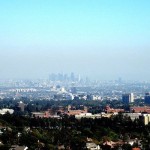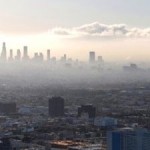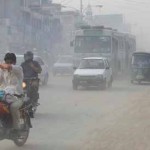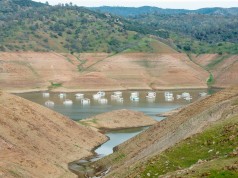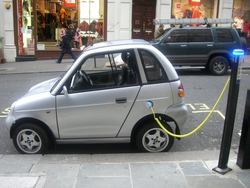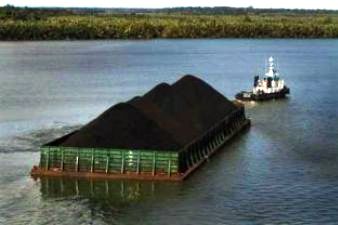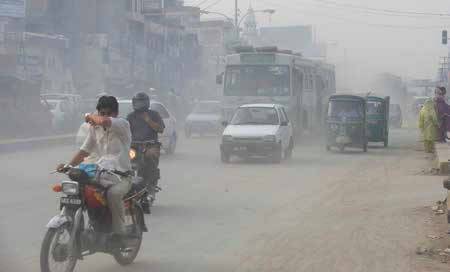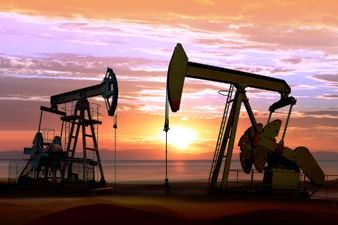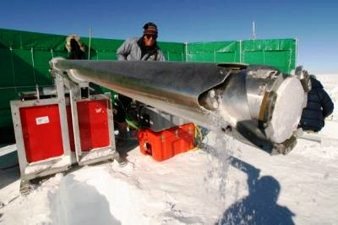
Los Angeles – Nearly five and a half million Californians now live within a mile of an oil or gas well, including nearly 4 million who are people of colour. Approximately one-third of those living near wells, or nearly 2 million people, already live in some of the state’s most polluted communities. The risk to these populations is expected to increase as fracking expands in these impacted regions and throughout the state, according to a new report from the Natural Resources Defense Council (NRDC).
“California’s communities of colour have long been dumping grounds for industrial pollution – and our analysis shows that fracking is poised to pile on more if the oil and gas industry has its way,” said Miriam Rotkin-Ellman, Senior Scientist at NRDC. “Fracking is moving next door to more and more California homes, schools and neighbourhoods. From Los Angeles to the state’s farms and ranches, this industry must not be allowed to poison our people’s health.”
A new NRDC report, “Drilling in California: Who’s at Risk?”, analyzed state environmental health data to identify the people who are already – or will likely be – most impacted by drilling, particularly if the oil and gas industry succeeds in expanding fracking and other controversial extraction techniques around the state.
The report reveals that 14 percent of the state’s population – 5.4 million Californians – already lives within a mile of at least one oil or gas well. Of that group, 69 percent – 3.7 million residents – are people of colour (45 percent Latino/Hispanic, 13 percent Asian, 8 percent African American and 3 percent other).
Additionally, one-third of people who live within a mile of a well – 1.8 million people – live in communities that already shoulder a disproportionate amount of the state’s air, water and soil pollution as a result of living close to industrial facilities, transportation corridors, hazardous waste facilities and toxic clean-up sites. Nearly 92 percent of those residents are people of colour (69 percent Latino/Hispanic, 11 percent Asian, 10 percent African American and 2 percent other).
Residents of these heavily polluted communities already suffer higher rates of illnesses made worse by pollution, such as asthma. They are also at a higher risk for further health impacts if the state sees a boom in drilling because fracking-related pollution has been linked to respiratory and neurological problems, birth defects, and cancer.
The majority of the state’s new and active wells are concentrated in Kern and Los Angeles counties. However, expanded fracking in the large Monterey Formation could bring the oil and gas industry into more communities, especially in Ventura, Monterey, Fresno and Santa Barbara counties.
All of these findings underscore the need for a state-wide time-out on fracking and other dangerous oil and gas extraction to provide the time necessary to fully evaluate the risks and how to protect against them.
A breakdown of local findings follows for the two counties that are currently at the highest risk.
Los Angeles County
Los Angeles County is home to more than 6,000 of the state’s oil and gas wells, with hundreds located within city limits – and more than a quarter in some of the state’s most polluted communities.
NRDC’s new analysis found that:
- 1 in 3 residents of the county – roughly 3.5 million people – live within a mile of at least one well.
- More than three-quarters of those living within a mile of a well are people of colour (49 percent Hispanic/Latino, 14 percent Asian, 10 percent African American and 2 percent other).
- Nearly half (45 percent) of those living near a well – nearly 1.6 million people – are already in some of the most polluted communities in the state. Of that group, about 92 percent – 1.5 million people – are people of color (69 percent Hispanic/Latino, 11 percent Asian, 11 percent African American and 1 percent other).
In contrast, whites are the largest racial/ethnic group living in Los Angeles County communities that are both farther from oil and gas wells and have lower levels of other pollution.
Earlier this year, the Los Angeles City Council passed a motion directing the city attorney to draft an ordinance placing a moratorium on fracking and other harmful extraction methods. That ordinance is due out soon and will then go back to the council for a vote.

